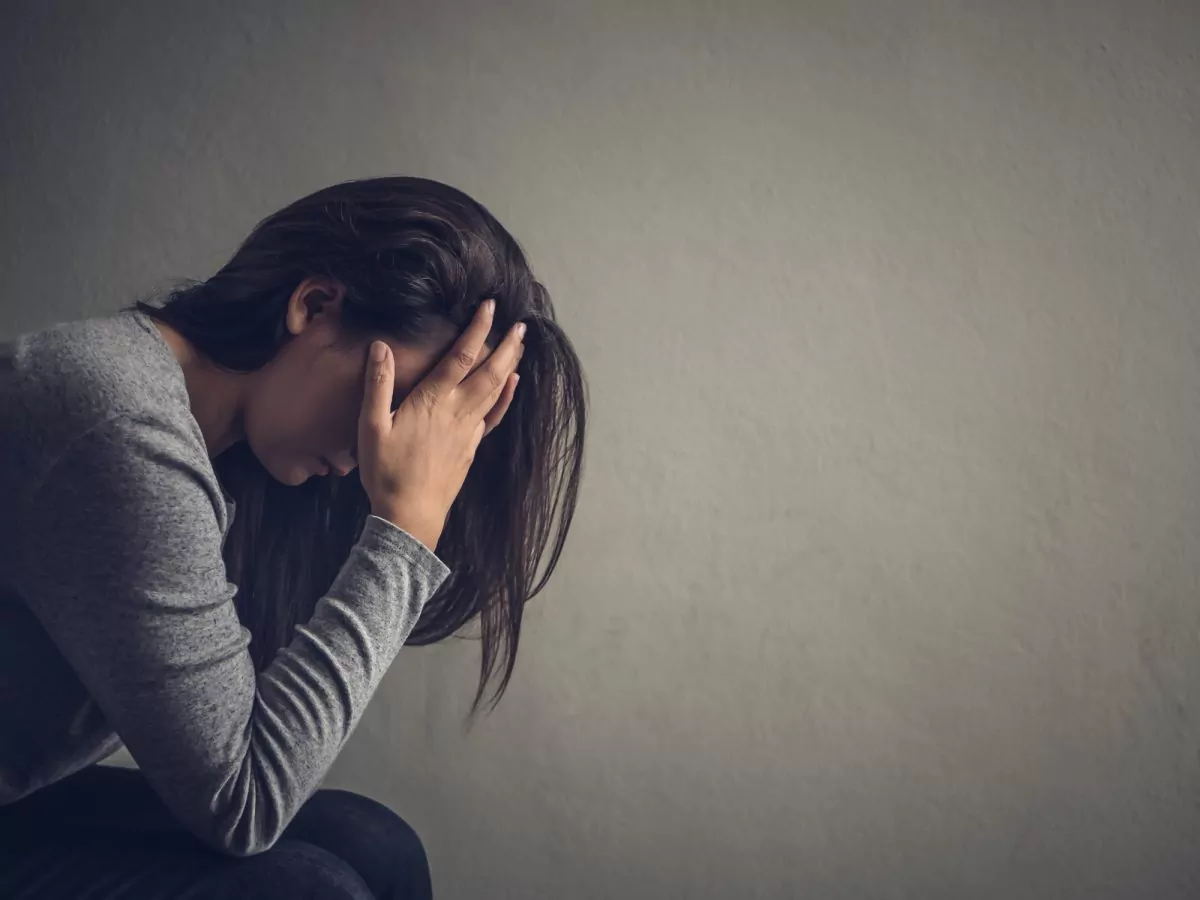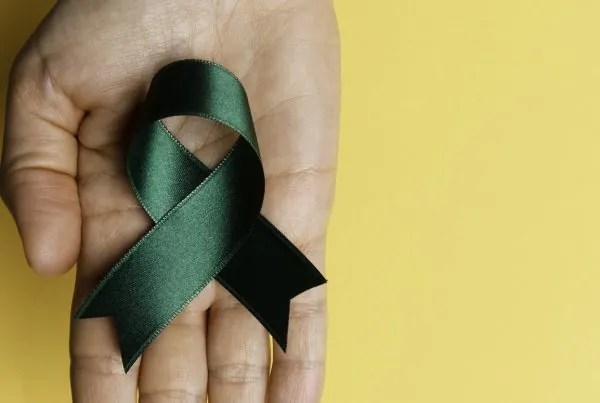Although not a mental health disorder, self harm in teens is a serious issue – and it is not limited to cutting. An estimated one in four teen girls deliberately harmed themselves in the last year, and up to 30 percent of teen girls in the US say that they’ve intentionally hurt themselves without intending to commit suicide at some point. Among boys, about one in ten engages in self-harm, although suicide rates are higher in boys than girls.
Self-harm should be seen as an issue separate from suicide, although the two are often linked. Self-harm does increase the likelihood of suicidality and future suicide attempts, but the two are not always part and parcel – many teens commit self-harm without intending to take their lives but for other reasons. Understanding these reasons is important for understanding why so many teens – especially girls – hurt themselves and how their self-harm might have started.
What Constitutes Self Harm in Teens?
Clinically, self-harm is intentional physical injury. Self-harm might be ruled when there is sufficient evidence to show that a teen’s injuries were inflicted purposefully, by themselves, and not through coercion or by accident. Self-harm usually also rules out the influence of drugs or alcohol – meaning it is a sober decision.
This also means that all data that revolves around self-harm identifies self-harm as any form of intentional bodily harm, from cutting to burning, hair-pulling, skin-scratching, pricking, and other forms of pain or damage.
But self-harm can also be more abstract than this. It can, given the correct circumstances and context (i.e., seeking out harm intentionally), include non-direct pain and harm, such as unnecessary risk-taking, thrill-seeking, and dangerous activities. These include unprotected sex, driving drunk, speeding, or illicit drug use.
Why Do Some Teens Struggle with Self-Harm?
Self harm in teens is very prevalent. This does not make it less harmful, but it does make it important to understand that it is not out of the ordinary for teenagers to struggle with emotions and thoughts that might lead them to seek self-harm for any number of reasons, including shame, guilt, emotional pain, anger, or even stress-relief.
An argument can be made that pain-seeking behavior is a form of “self-medication” in cases of abuse or stress, where it offers a short-term burst of relief and ensures the release of endorphins for comparatively “little” harm, such as a minor cut or short pinch with a safety pin.
Depression is another common thread between thoughts of suicidality and self-harm. Low mood and lack of joy in depression can be accompanied by feelings of guilt and worthlessness. In these cases, self-harm can be a way to “feel” something or a way to seek out physical punishment without resorting to suicide.
Self-harm can also be a form of attention-seeking. This is not meant in the derogatory sense. Teens that feel neglected or genuinely struggle with a condition or personality disorder that requires them to be attended to might utilize self-harm as an effective way to draw attention to themselves. In other cases, the intention to “use” self-harm is less calculated and an emotional response to feeling invisible.
Identifying Signs of Self Harm in Teens
Because self harm in teens comes in many shapes and forms, there are many signs a parent or friend should watch out for. Some of the behavioral signs are important to keep in mind but not necessarily critical – a teen might self-harm regularly while appearing chipper and “normal.” Some common signs of self-harm include:
- Hiding away “tools” for self-harm, such as box cutter replacement blades, straight razors, lighters, needles, and pins.
- Always wear long sleeves and long-necked clothing or one-piece swimsuits to cover up potential fresh cuts and marks.
- Repeated skin infections, especially from continuously scratching the same areas.
In addition to traditional signs of self-harm, there are also other forms of “self-punishment” that can be a cause for concern. These include:
- Illicit drug use or binge drinking.
- Intentional starvation, binge eating, and other harmful eating habits.
- Spending hours and hours overexercising at the gym, not for a goal, but as “punishment.”
- Intentionally sabotaging important relationships – making up gossip, pushing away friends, and being mean to partners.
- Canceling appointments at the doctor’s office or letting an injury get worse without telling anyone.
- Skipping or throwing out medication.
- Intentionally looking up depressing or harmful content online.
- Embracing toxic or dangerous relationships or jumping headfirst into “red flags.”
- Overspending, binge shopping, and using budgets irresponsibly.
- Giving in to compulsive behavior that you know is harmful.
- Intentionally dressing up “against” the weather, such as wearing excessively hot clothing in the summer and excessively light clothing in the winter.
Does Self-Harm Mean Depression?
Self-harm does not always mean depression, although it is a common sign of depression. Self-harm is also associated with anxiety disorders such as obsessive-compulsive disorder (OCD) and generalized anxiety, as well as eating disorders and personality disorders.
It is important not to assume a cause for your or your teen’s self-harm. Instead, talk to them about getting professional help. It might not be helpful to try and label what you or your teen are going through before talking to a professional about it and getting a better grasp of the situation.
Being able to conclusively name and identify what it is you are going through can help make sense of the way you feel and give you or your teen the ability to fight back against these thoughts and compulsions.
Can Self Harm in Teens Be Treated?
Yes, there are treatment methods to address the different causes behind a person’s tendencies toward self-harm – even when there isn’t a clear diagnosis. Talking to a therapist about the need to hurt oneself can be a good first step toward getting professional help and experimenting with different forms of treatment.
Therapists often utilize cognitive behavioral therapy to help patients identify and separate the thoughts that cause them to harm themselves from other healthier, normal thinking patterns – and thus learn to isolate and contradict those thoughts with practice through both mental affirmations and exercises, such as journaling and self-care.
What Should I Do to Help My Teen?
Supporting someone going through something so severe that they turn towards self-harm as a solution is immensely difficult. You are watching a person hurt and maybe even destroy themselves intentionally, whether through indirect “bad choices” or active harm, such as cutting.
Your best course of action is to work towards convincing them to get help with you. Do not scold or judge them. Even in treatment, it is never a good idea to shame someone for relapsing towards self-harm or failing to take care of themselves as per their treatment plan. Shame and guilt will always result in worse symptoms and bigger problems. Be empathic and understand that this is often a compulsive issue. It takes time, patience, and a lot of attempts to finally overcome the urge to self-harm.
For more information about self harm in teens and mental health treatment, contact Visions Treatment Centers.








